Lecture 6: The Set and Map Classes
CS 106B: Programming Abstractions
Fall 2024, Stanford University Computer Science Department
Lecturers: Cynthia Bailey and Chris Gregg, Head CA: Jonathan Coronado
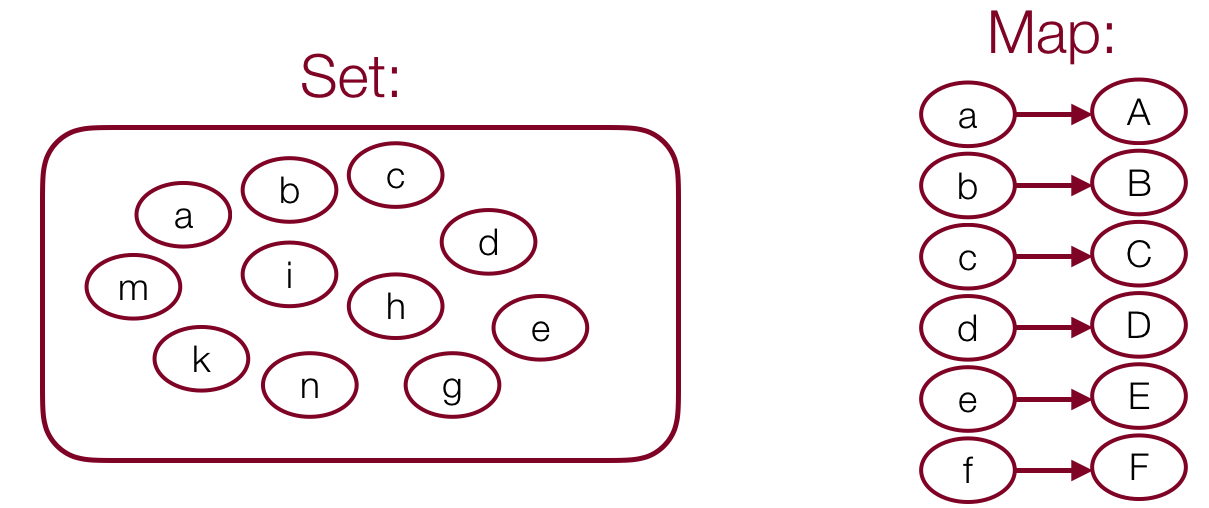
Slide 2
Announcements
- Lecture quizzes are only necessary if you don't attend lecture! If you check in to lecture via the link, you do not have to do the lecture quiz for that day.
- Please do not post screenshots to Ed unless absolutely necessary. See this post.
- When you post a screenshot (a bunch of colored pixels), you lose all information about the underlying text. It is much easier to read text (particularly on a phone), and if someone is answering the post, they can copy/paste from text.
- Yes, there are some cases where a screenshot is helpful (if you're trying to figure something out in the debugger, or in Qt Creator in general). But, if it's just code, it should not be a screenshot.
- Assignment 1 is due Monday, end-of-day PDT.
- Assignment 2 will be out Monday.
- Assignment 2 YEAH hours will be next Tuesday
Slide 3
Sets and Maps
- Today we are going to discuss two new collections: sets and maps.
- A set is a collection of elements with no duplicates:
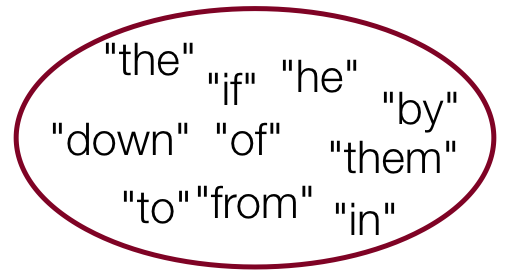
-
A map is a collection of key / value pairs, and the key is useed to find the value. In python, we call this collection a
dict.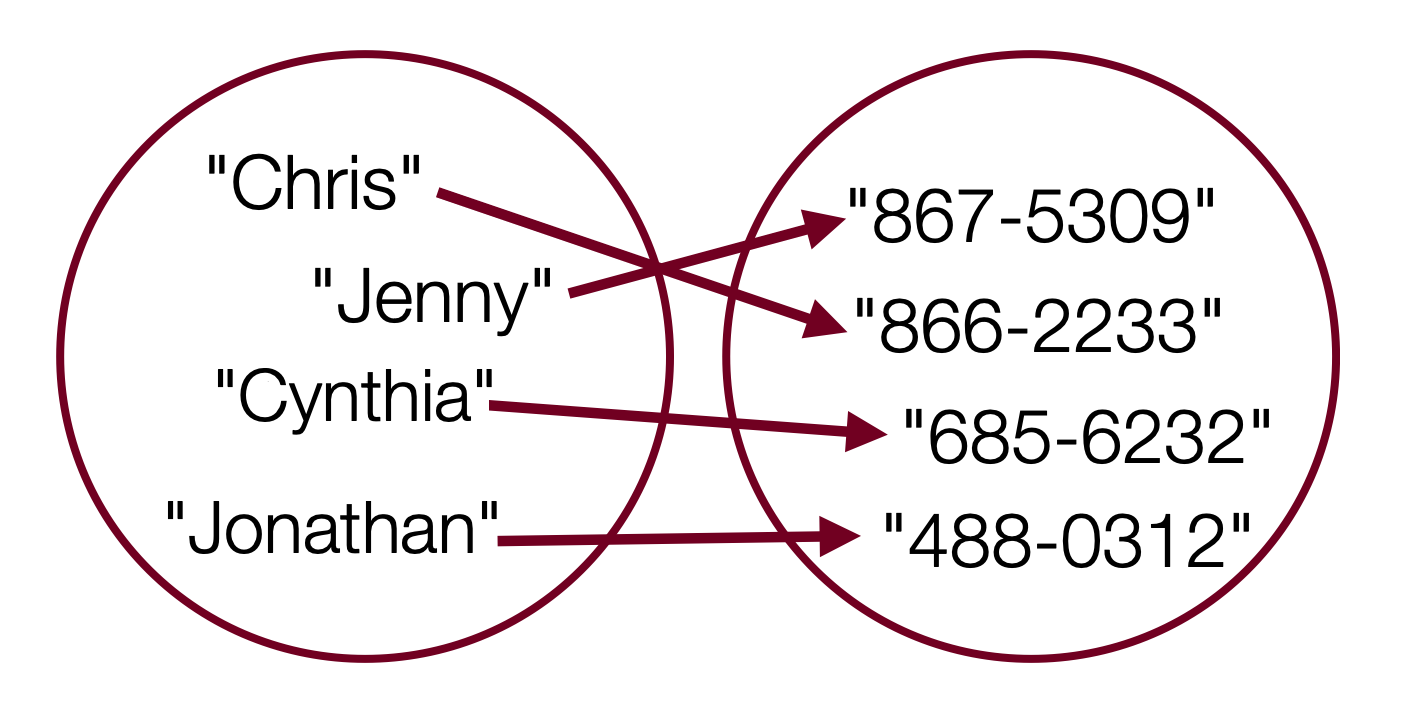
Slide 4
Sets
- A set is a collection of elements with no duplicates. Sets have (at least) the following operations (and they are fast):
add(value): adds a value to a set, and ignores if the set already contains the valuecontains(value): returnstrueif the set contains the value,falseotherwise.remove(value): removes the value from the set. Does nothing if the value is not in the set.size(): returns the number of elements in the setisEmpty(): returnstrueif the set is empty,falseotherwise.- Sets have other useful functions, and you should check the Set documentation to see them.
- Sets do not have indexes!

Slide 5
Sets: simple example
Set<string> friends;
friends.add("cynthia");
friends.add("chris");
friends.add("jonathan");
cout << boolalpha << friends.contains("voldemort") <<
<< noboolalpha << endl;
for(string person : friends) {
cout << person << endl;
}
Output:
false
chris
cynthia
jonathan
- Notice – the output from the for loop is alphabetical! Sets keep their values sorted.
Slide 6
Looping over a Set
for(type currElem : set) {
// process elements one at a time
}
- You can't use an index-based
forloop, becuase Sets do not have indexes!for(int i=0; i < set.size(); i++) { // does not work, no index! cout << set[i]; }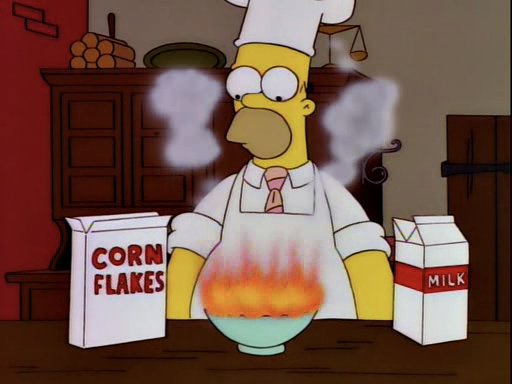
Slide 7
Types of Sets
- There are actually two types of sets in the Stanford library:
Set- Iteration over the elements is in sorted order
- Really fast access times! O(log n) per retrieval – we will learn about this next week!
- Sets are implemented using a "binary search tree"
HashSet- Iteration over the elements is not in a useful order (it is jumbled)
- Really, ridiculously fast!
- O(1) per retrieval (again, we will learn what this means next time!)
Slide 8
Set Operands
- Sets can be compared, combined, etc.
s1 == s2
trueif the sets contain exactly the same elementss1 != s2
trueif the sets don't contain the exact same elementss1 + s2
returns the union ofs1ands2(i.e., all elements in both)s1 * s2
returns the intersection ofs1ands2(i.e., only the elements in both sets)s1 - s2
returns the difference ofs1ands2(the elements ins1but not ins2)
Slide 9
Counting Unique Words
- Let's write a program to count the unique words in a file

Slide 10
Maps
- A map is a collection of pairs (k, v), sometimes called key/value pairs, where v can be found quickly if you know k.
- Other terms you may hear for a map are dictionary or associative array.
- A map is a generalization of an array, where the "indexes" don't need to be integers:

Slide 11
Using Maps
- A map allows you to get from one half of a pair to the other.
- E.g., to store an association from
"Jenny"to"867-5309":// key value m["Jenny"] = "867-5309"; // or: m.put("Jenny", "867-5309"); - To get Jenny's number:
string ph = m["Jenny"] // or string ph = m.get("Jenny") cout << ph << endl;Output:
867-5309
- E.g., to store an association from
Slide 12
Maps are Everywhere
- Wikipedia: the key is the title, the value is the article:
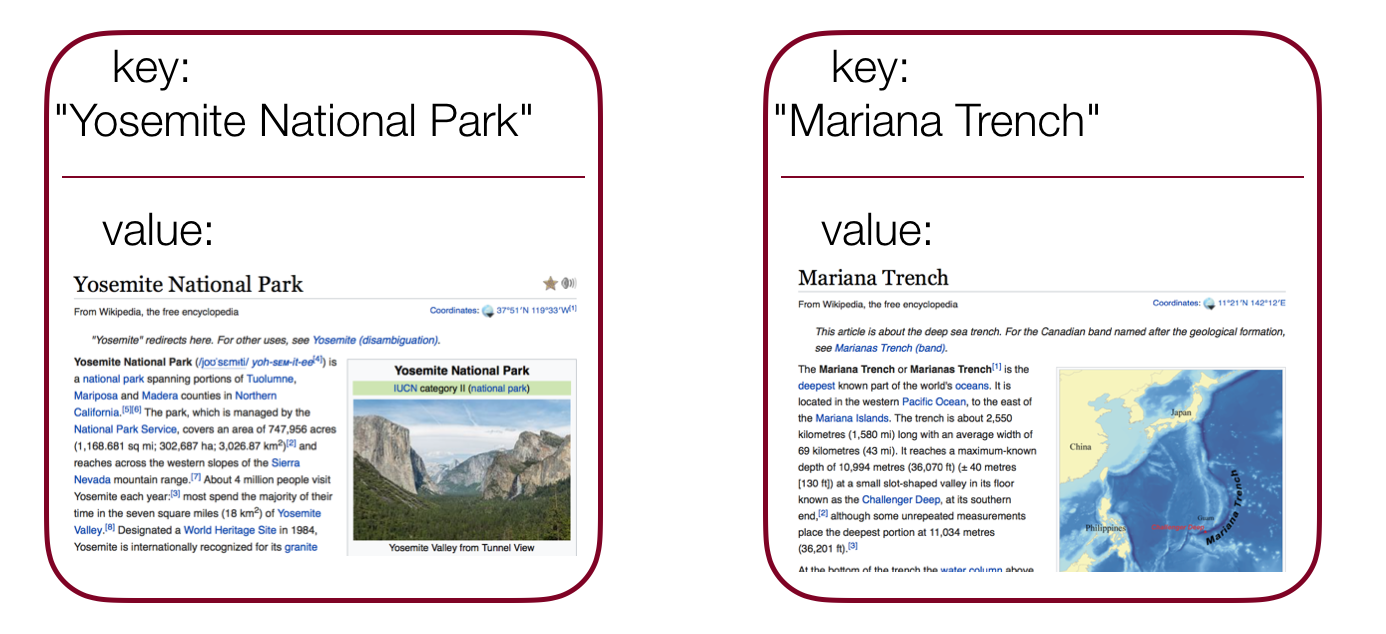
Slide 13
Creating Maps
- A Stanford
Maprequires two parameters: one for keys, one for values:// maps from string keys to integer values Map<string, int> votes; // maps from string keys to Vector<string> values Map<string, Vector<string>> friendMap;
Slide 14
Map Functions
- The following functions are part of the
Mapclass:m.clear(): removes all key/value pairs from the mapm.containsKey(key): returnstrueif the map contains a value for the given keym[key]m.get(key): returns the value mapped to the given key;m[key]only: ifkeyis not in the map, adds it with the default value (e.g.,0or"");m.get(key)only: ifkeyis not in the map, returns the default value for the value type, but does not add it to the map.m.isEmpty(): returnstrueif the map contains no key/value pairs (size 0)m.keys(): returns aVectorcopy of all keys in the mapm[key] = valuem.put(key, value): adds a mapping from the given key to the given value; if the key already exists, replaces its value with the given onem.remove(key): removes any existing mapping for the given key (ignored if the key doesn't exist in the map)m.size(): returns the number of key/value pairs in the mapm.toString(): returns a string such as "{a:90, d:60, c:70}"m.values(): returns aVectorcopy of all the values in the map
Slide 15
Map Example
Map<string, string> wiki;
// adds name / text pair to dataset
wiki.put("Buffalo buffalo Buffalo buffalo buffalo buffalo Buffalo buffalo", articleHTML);
// returns corresponding articleHTML
cout << wiki.get("Buffalo buffalo Buffalo buffalo buffalo buffalo Buffalo buffalo");
// removes the article
wiki.remove("Carbon dioxide in Earth's atmosphere");

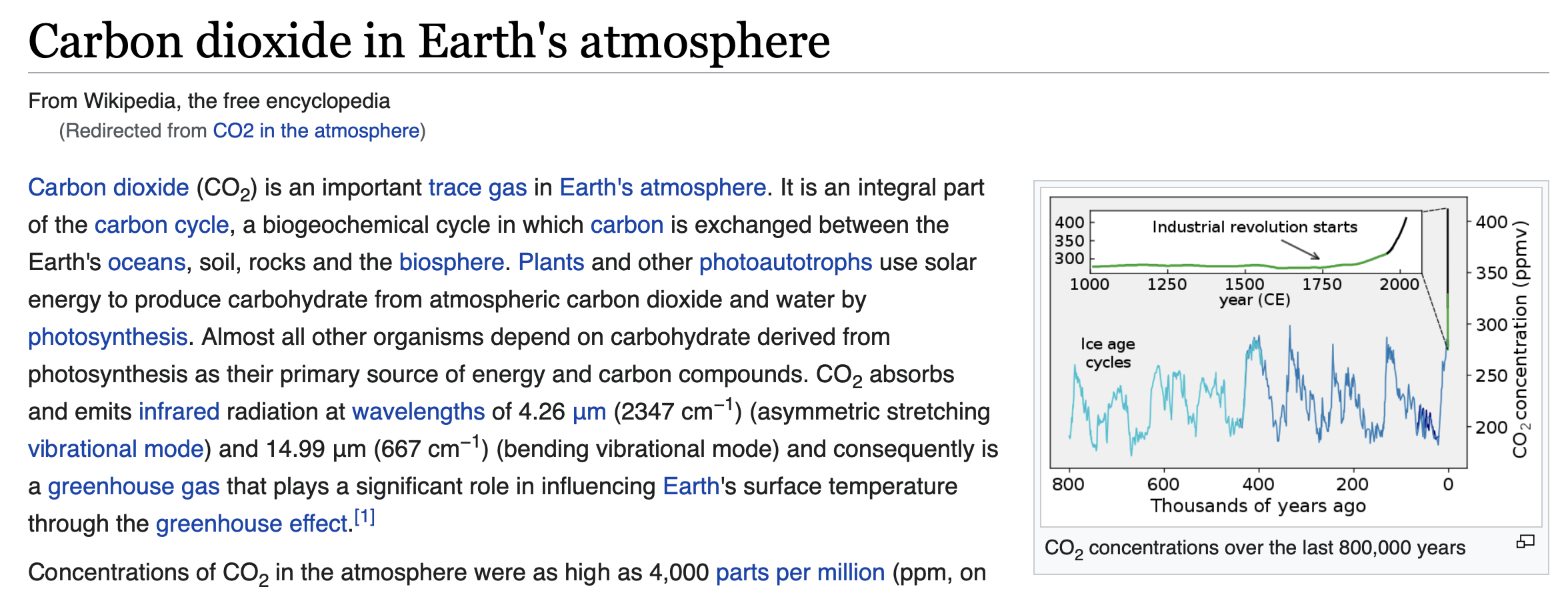
Slide 16
Types of Maps
- There are actually two types of maps in the Stanford library:
Map- Iteration over the elements is in sorted order
- Really fast access times! O(log n) per retrieval – we will learn about this next week!
- Maps are implemented using a "binary search tree"
HashMap- Iteration over the elements is not in a useful order (it is jumbled)
- Really, ridiculously fast!
- O(1) per retrieval (again, we will learn what this means next time!)
Slide 17
Map Example: Tallying Votes
// tally votes:
// (M)ilk, (S)tokes, (R)ogers
string allVotes = "MMMRMSSMSSMMMMMRRMMMMRRRMMM";
Map<char, int> voteTally;
for (char v : allVotes) {
voteTally[v]++;
}
// loop over the map
for (char initial : voteTally) {
int numVotes = voteTally[initial];
cout << initial << ": " << numVotes << " votes" << endl;
}
- Why does
voteTally[v]++;work? It turns out that when you access a Map's value, you get back a reference! Therefore, updating it here allows it to update inside the map. Cool! - It is equivalent to the following:
int& currentTotal = voteTally[v]; currentTotal++; // update inside the map - Notice how we looped over the map – we only get the keys, and have to manually ask for each value from the key.
Slide 18
Tallying Words
- Let's write a program to tally how many of each word is in a file
